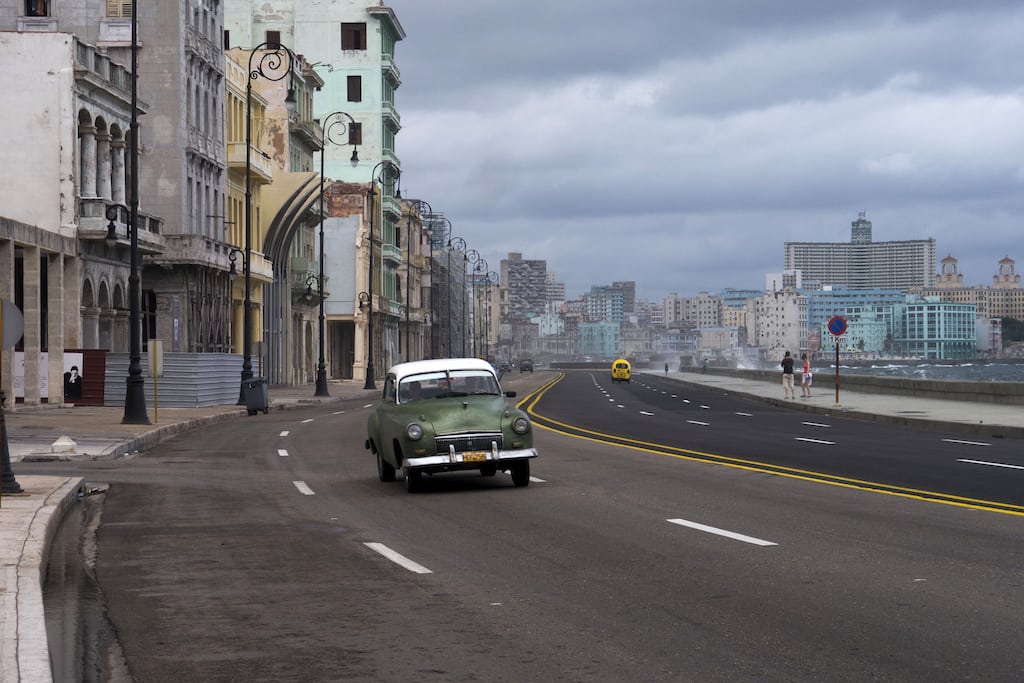What Destinations Do When Google Maps Lets Them Down

Skift Take
Tourism and hospitality companies have an opportunity with Mapillary to create their own ground-level, photo-based mapping platforms without having to wait for Google Street View teams to create or update them.
Since the dawn of civilization, maps have been among the most important catalysts for economic development and the pursuit of knowledge.
Today, the majority of the world can be navigated online with Google Maps, and more of it is continually being photographed at ground level for Google Street View.
However, cities without Street View are at the whim of Google as to whether the company brings its photo-capture technology to their region or not. And cities with Street View are faced with the challenge of the imagery going out of date.
Here's the link where Google shows where it's sending its Street View cars, bikes, trolleys, snowmobiles, and Trekker backpack cameras.
Some communities don't want to wait. For them, there is another option to create photo mapping similar to Street View that they can control, and equally important, update on a regular basis.
Mapillary is an open-source website and app where anyone can upload geo-tagged, creator-identified photos of their city streets to a searchable global map, somewhat like Flickr. The platform's machine-learning software then stitches the imagery together to create a relatively seamless and digitally navigable urban or countryside panorama.
Since the company launched in 2013, community mappers have uploaded almost 92 million photos representing more than 1.3 million miles of photo-mapping. Most of the content was captured with smartphones, action cameras like GoPros, and amateur 360-degree cameras.
To understand how and where Mapillary fills a void in the online map
